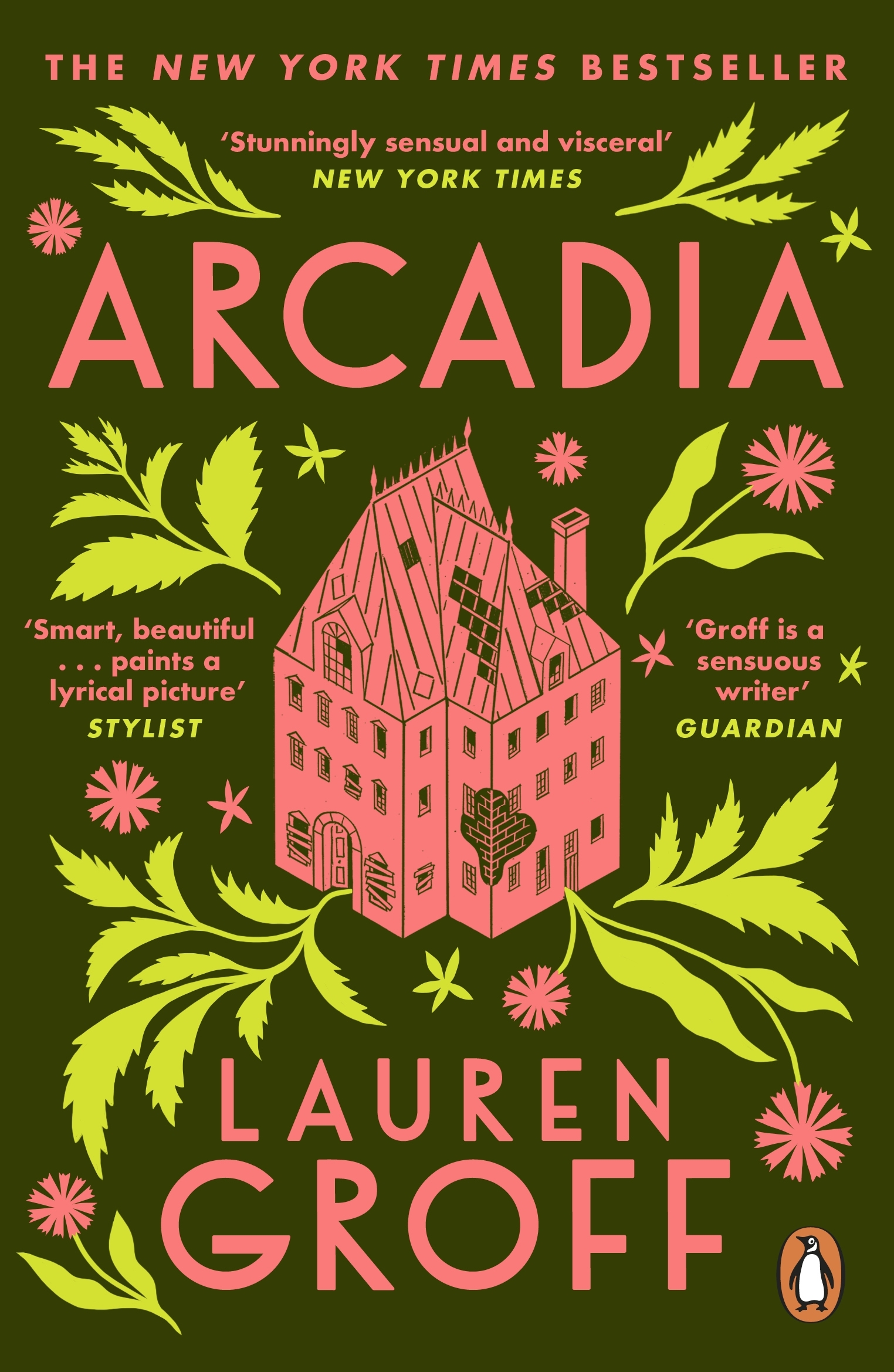
The book’s real treat, though, is Groff’s writing.Īs in her first novel, “The Monsters of Templeton,” Groff’s sentences are lush and visual. Groff connects the novel’s utopian past to its dystopian future through Bit’s cleareyed optimism: the sensitive boy who believes “people are good and want to be good” becomes the bruised man who still finds “the possibility of beauty” in life.

Global warming has ravaged the planet, and a deadly pandemic is wiping out the “newborns and the old and the sick.” But when an emergency calls Bit back to Arcadia, it offers him an unexpected chance to heal. Then Groff skips again, to the year 2018 or so. Having “barely survived” his transition from the commune all those years ago, he’s now fully adjusted to city life - although he still feels professionally numb and emotionally crippled. By now Bit is a grown man with a child of his own and a job teaching “the lost art of the darkroom” in the photography department at a local university. The novel then abruptly leaps to post-9/11 New York City, where the Stones fled when Arcadia failed them. In Arcadia, they intended to establish a home “outside the evil of commerce” and “a beacon to light up the world.” This experiment lasts until Bit is 14. “Arcadia” centers on Bit Stone, the kindhearted only child of Hannah and Abe Stone, two of the finest freaky parents in recent literary memory, who raise him in the western New York commune they helped found in the 1970s. But readers doomed to miss their subway stops will wish the cover also included a warning: “This novel will swallow you whole.”


Lauren Groff’s second novel, “Arcadia,” arrives bearing enthusiastic blurbs from Kate Walbert and Richard Russo (who claims “it’s not possible to write any better without showing off”).


 0 kommentar(er)
0 kommentar(er)
